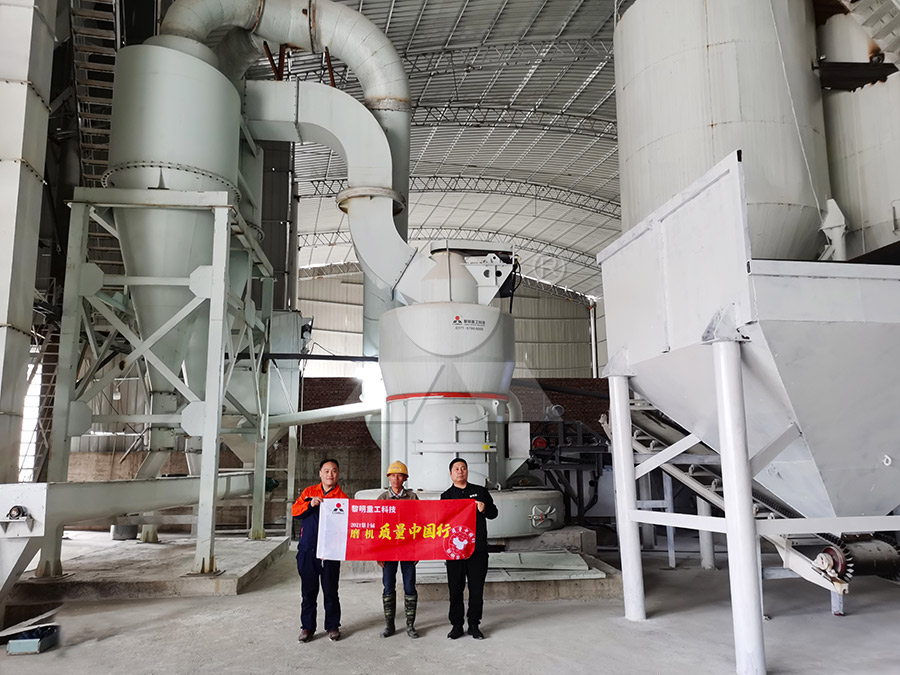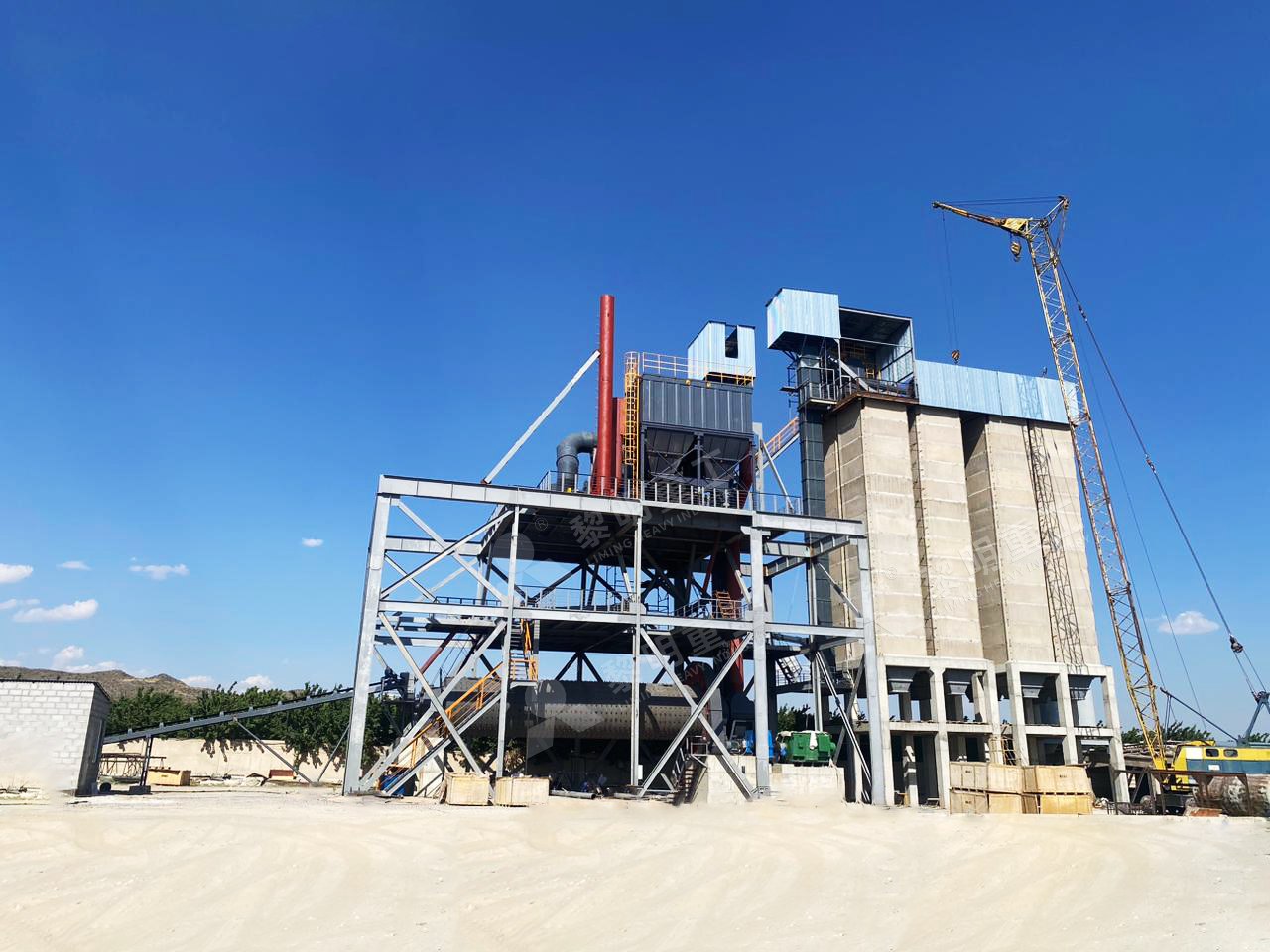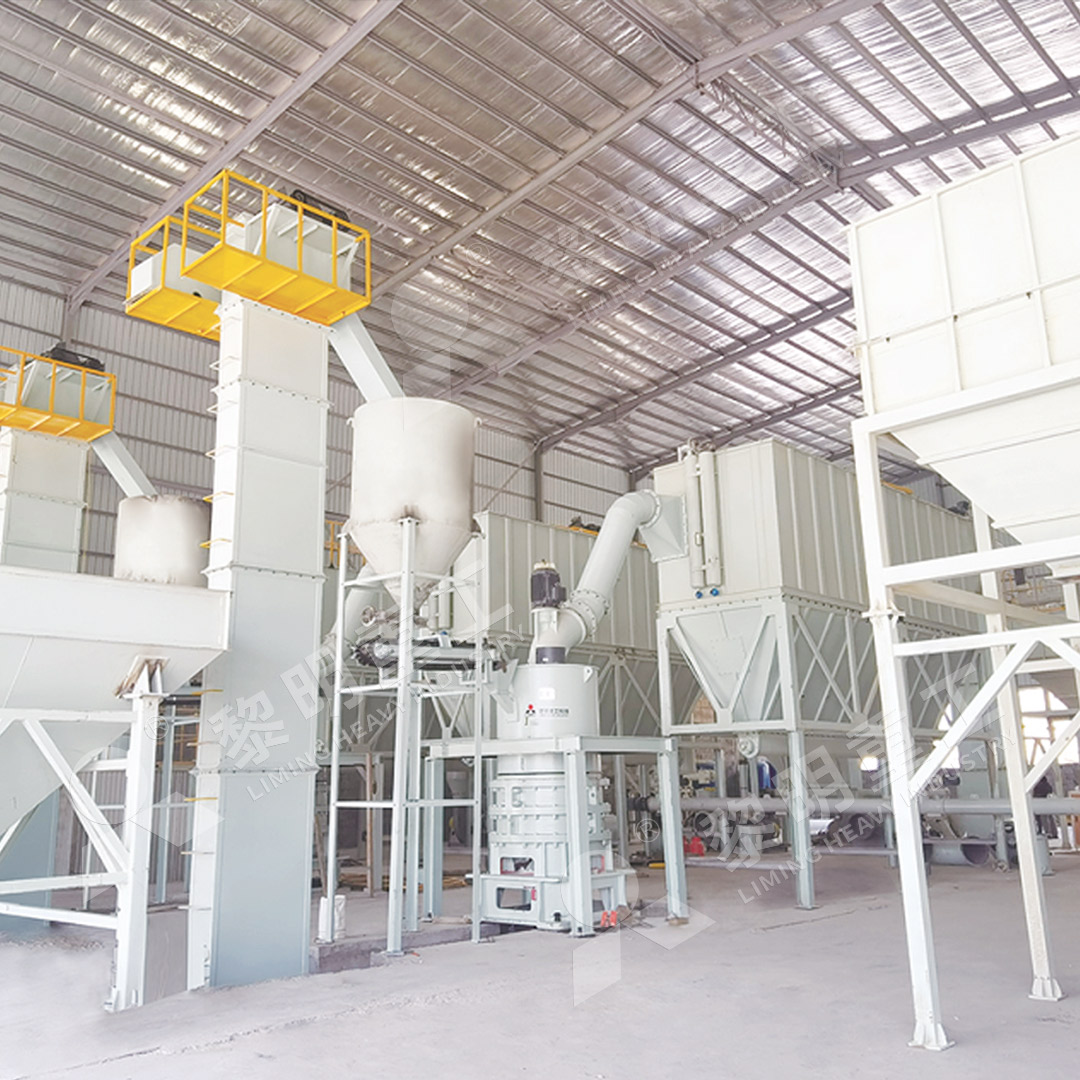What Is the Difference Between a Ball Mill and a Crusher?
What Is the Difference Between a Ball Mill and a Crusher?
In the world of mineral processing and size reduction, two pieces of equipment often come up in conversation: the ball mill and the crusher. While both are used to reduce the size of materials, they serve very different purposes and operate on fundamentally different principles. Understanding these differences is crucial for selecting the right equipment for your specific application, whether you’re in mining, construction, or manufacturing industrial powders.
The Primary Function: Crushing vs. Grinding
The most fundamental difference lies in their primary function. A crusher is designed for crushing—the process of breaking down large rocks and raw materials into smaller, more manageable pieces, typically ranging from a few inches to a few centimeters. It’s the first step in the size reduction process. Think of a jaw crusher or a gyratory crusher taking boulders and turning them into gravel.
A ball mill, on the other hand, is designed for grinding—the process of reducing already-crushed material into a fine powder. It’s a secondary or tertiary stage of comminution. Inside a rotating cylinder, steel balls tumble and impact the material, pulverizing it down to a fineness often measured in micrometers or meshes.

Key Operational Differences
Let’s break down the key operational characteristics that set them apart:
- Input Size: Crushers handle the largest feed sizes, often directly from the mine face. Ball mills require a pre-crushed feed, typically with a maximum size of <25mm.
- Output Size: Crushers produce a relatively coarse product. Ball mills are all about finesse, producing ultra-fine powders.
- Mechanism of Action: Crushers use compression, impact, or shear between two solid surfaces. Ball mills rely on impact and attrition from tumbling grinding media (the balls).
- Energy Consumption: Grinding is notoriously energy-intensive. While crushers are powerful, ball mills often consume significantly more energy per ton of final product due to the inefficiencies of fine grinding.
Choosing the Right Tool for the Job
You wouldn’t use a sledgehammer to crack a nut, and you wouldn’t use a nutcracker to demolish a wall. The same logic applies here. Use a crusher for primary and secondary reduction of raw, abrasive, and hard materials. Use a ball mill when you need to achieve a specific, fine particle size for processes like flotation, leaching, or as a raw material in cement or chemicals.

Beyond the Traditional: Modern Grinding Solutions
While ball mills are a common and reliable workhorse, modern technology has introduced more efficient and precise grinding solutions. For operations that require ultra-fine powders with higher yields and lower energy consumption, an ultrafine grinding mill is a superior choice.
For instance, our MW Ultrafine Grinding Mill is engineered for customers who need to make ultra-fine powder efficiently. It accepts a feed size of 0-20 mm and offers a capacity range of 0.5-25 tph. What sets it apart is its significantly higher yielding and lower energy consumption—it can achieve 40% higher production capacity than jet mills with the same power and its energy use is just 30% of a jet mill’s. It produces a precise fineness between 325-2500 meshes and is designed for eco-friendly, worry-free operation with external lubrication and an efficient pulse dust collector. It’s the ideal solution for processing materials like limestone, calcite, talc, and ceramics.

Another excellent option in our portfolio is the LUM Ultrafine Vertical Grinding Mill. It integrates grinding, grading, and transporting into a single, compact unit. With an input size of 0-10mm and a capacity of 5-18 tph, it excels in producing superfine dry powders for non-metal ores. Its advanced powder separating technology and unique roller design ensure a higher yielding rate and better product quality with 30%-50% lower energy consumption compared to common grinding mills.
Conclusion
In summary, crushers and ball mills are not interchangeable; they are sequential partners in the size reduction process. The crusher makes the initial break, and the ball mill (or a modern ultrafine mill) refines the material into its final, powdered form. Selecting the right equipment, whether a robust crusher for primary duty or a high-efficiency mill like our MW series for fine grinding, is paramount to optimizing your operation’s productivity, cost, and final product quality.
